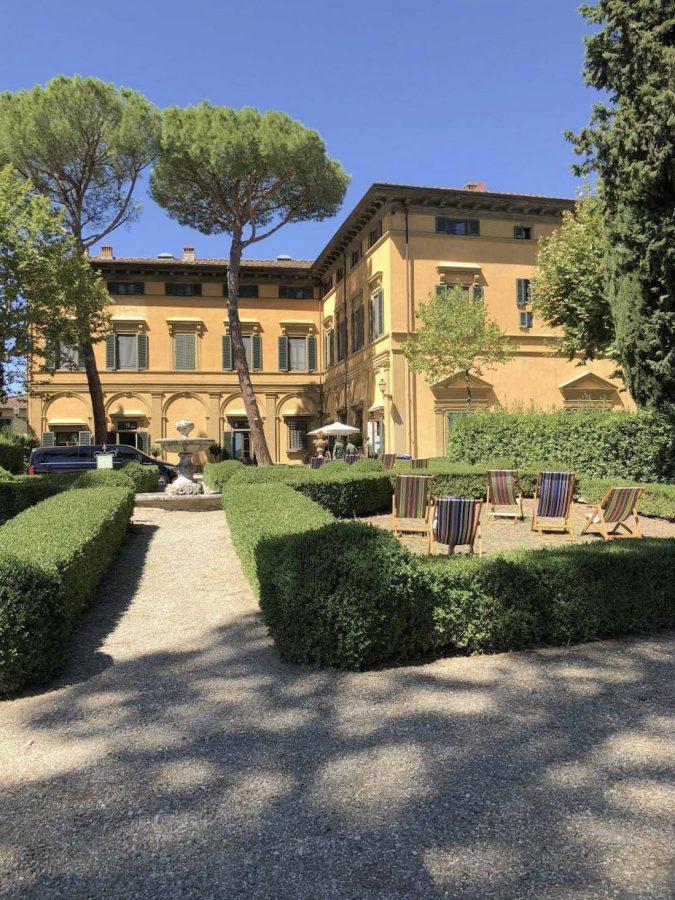NYU is in a legal battle over its billion-dollar art collection — currently held at its study away site in Florence — with a woman whose mother was the illegitimate daughter of the British art collector who owned it.
Sir Arthur Acton was a middle-class British man who married Hortense Acton, a wealthy Chicagoan whose father was a president of the Illinois Trust and Savings Bank. The couple lived in Italy, where Arthur used Hortense’s wealth to pursue a career as an art collector and dealer. Hortense paid for the art, as well as Villa La Pietra — a renaissance villa outside Florence now owned by NYU. The university acquired it from their son, Sir Harold Acton, who died in 1994.
The source of NYU’s legal trouble, though, is Arthur’s infidelity. Arthur had a mistress with whom he had a daughter. That daughter was Liana Beacci, who began the lawsuit against NYU that her own daughter, Italian Princess Dialta Alliata Lensi Orlandi, has continued after her death.
Lensi believes that her mother deserved a portion of the estate left to Harold Acton, some of which is now owned by NYU.
However, the court has not touched on the inheritance aspect of the case. After over two decades of litigation, a court has just confirmed that Liana was, in fact, Arthur’s daughter, which was previously being disputed.
In a statement, university spokesperson John Beckman said that because Liana was not related to Hortense, Lensi should not be entitled to any portion of the estate.
“The fact is that Villa La Pietra was not bought nor ever owned by Arthur Acton, who was of modest means,” Beckman said. “Rather, Villa La Pietra was acquired by his wife, Hortense, who was heir to an American banking fortune. And there is no question that Liana Beacci and her children are unrelated to Hortense Mitchell Acton, and have no claim whatsoever on her estate.”
In addition to Lensi’s stake in the fortune being questioned, whether or not she even had a basis to sue NYU is still being explored. Italy previously had a law which prevented the suing of an heir to an heir. In this case, NYU is the heir to Harold who is the heir to Arthur and Hortense. However, during the long court battle, the law changed.
NYU School of Law Adjunct Professor Bridget Crawford, who teaches a course on estate and inheritance law, said that such a law typically would not apply retroactively.
Crawford also said that due to the fact that Arthur died first, any inheritance that he would have left — which Lensi may be entitled to — may not have even been a factor in the estate left to Harold.
“When Arthur died, the non-marital kid and then by definition the non-marital grandchild, definitely had dibs on part of Arthur’s estate,” Crawford said in an interview with WSN. “Absolutely true that that child, or the grandchild standing in their shoes, could call back a portion of the estate that went to Hortense and/or Harold. But it’s going to be a long-hill flog to prove that Hortense was holding on to [Arthur’s money] by the time she died.”
With the heir-to-an-heir law and the fact that Hortense paid for the property being fought over, Crawford said the battle will likely end in a settlement.
“Bottom-line this grandchild’s probably not going to get anything, NYU will likely settle it for a very small amount and the grandchild will go away,” Crawford said.
A version of this article appeared in the Monday, Aug. 26, 2019, print edition. Email Victor Porcelli at [email protected].






















































































































































